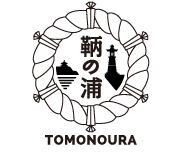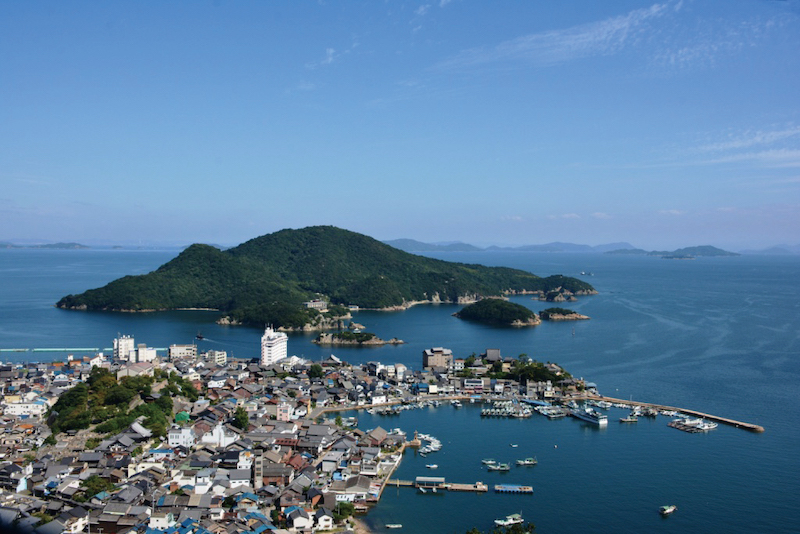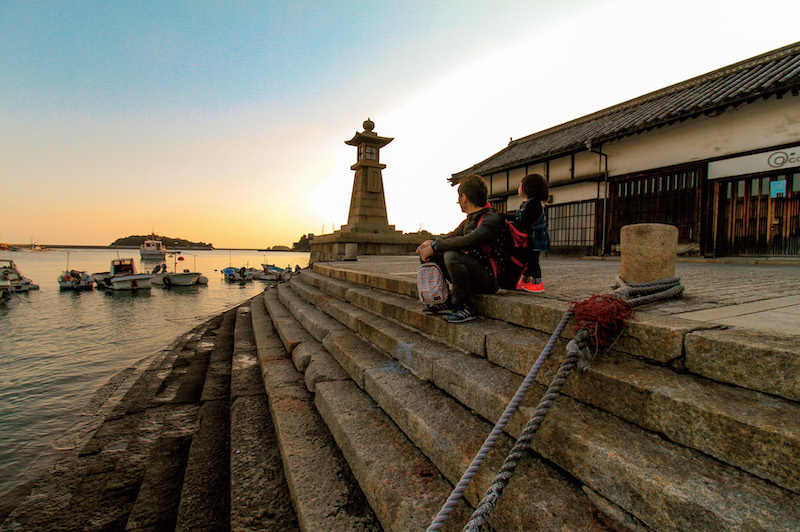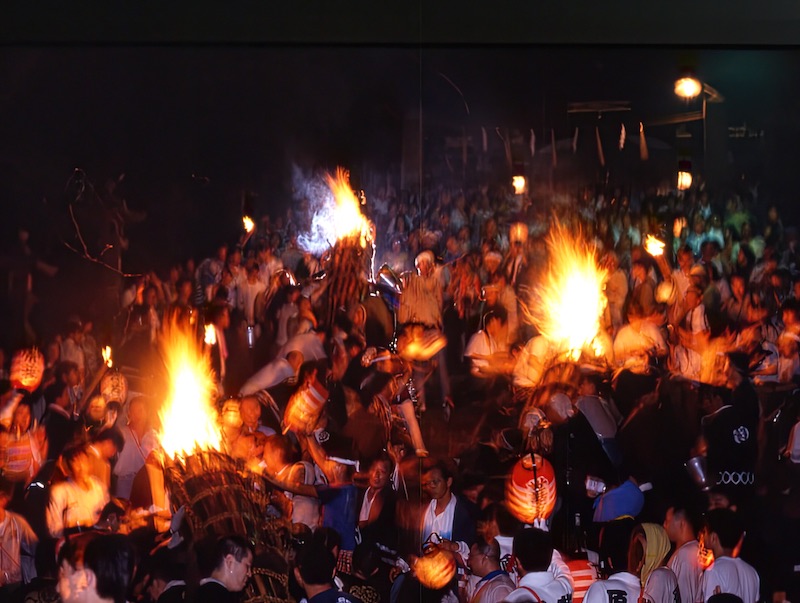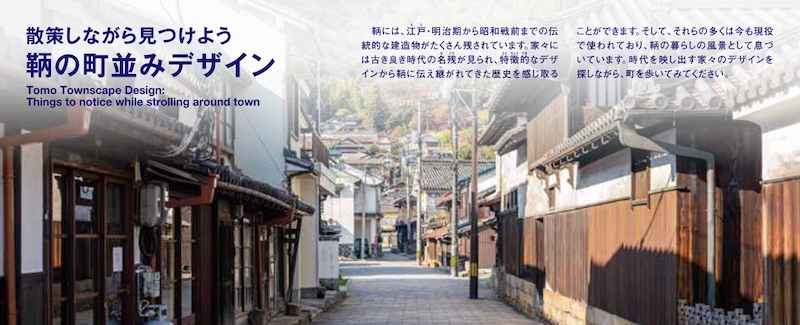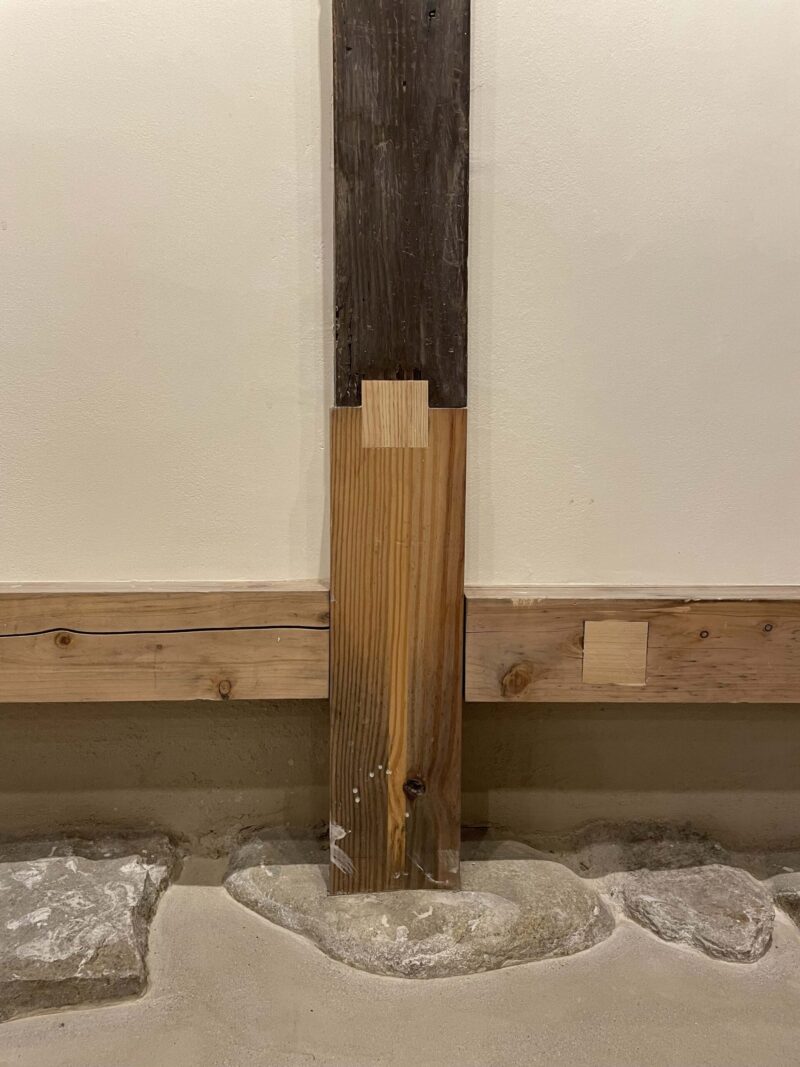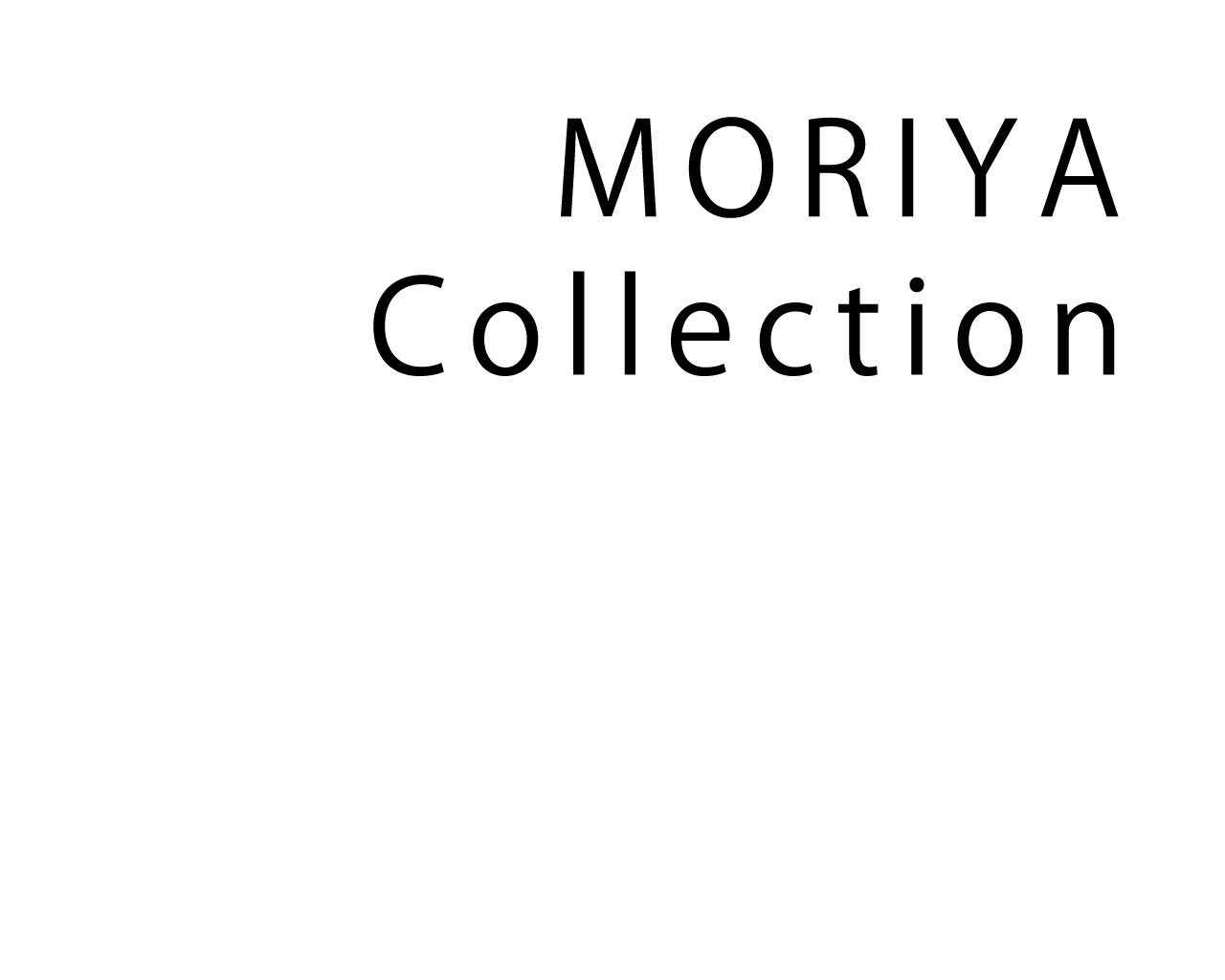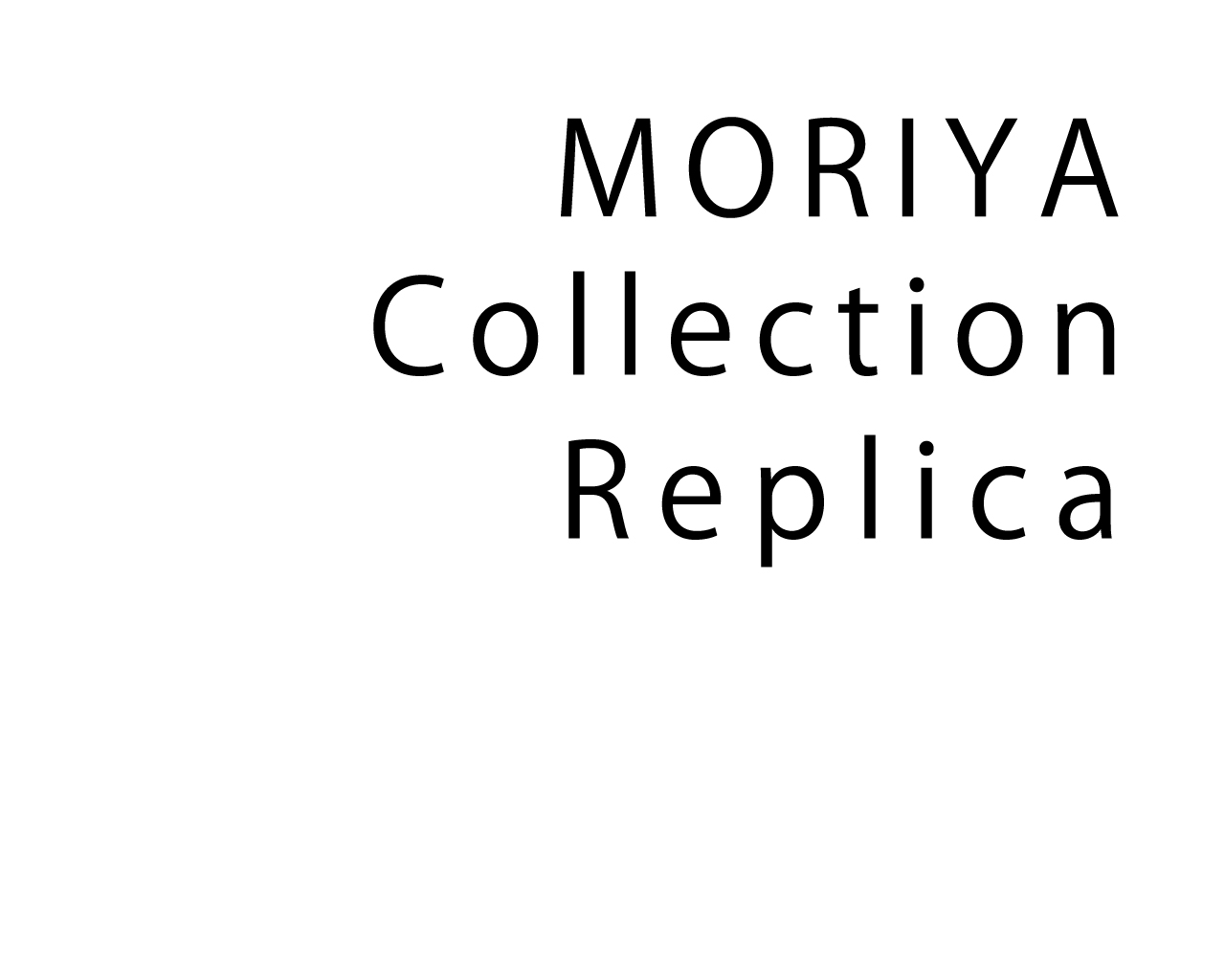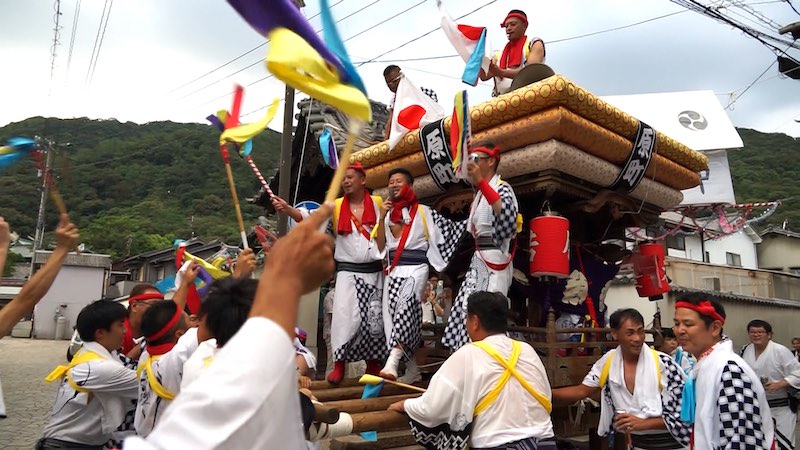Map of East Asia / Hendrik Floris van Langren / 1596 / Colored copperplate /
38.5cm × 51.5cm
The map is oriented with east at the top and shows the area from Southeast Asia and southern China to the Indochina Peninsula and Southeast Asian archipelago. Kyushu, Shikoku and the eastern half of Honshu are shown in the upper left, and the Korean Peninsula is depicted as a round island. This map was produced by the Dutch cartographer Hendrik Floris van Langren and was included as a supplemental map in “Itinerario, voyage, ofte schipvaert” (Guidebook to the East), published at the end of the 16th century by Jan Huygen van Linschoten. The original drawing used for this map was created in the 1560s in Portugal and was guarded as secret information. This map shows the various spice-producing islands of Southeast Asia, revealing where Western interests were focused. It is also fairly detailed in the Seto Inland Sea area, with “Toumo” and “Camagari” both visible.
Source: Kazutaka Unno Chizu ni Miru Nippon (Seeing Japan through maps)
Source: Hiroshima Prefectural Museum of History
“2016 Exhibition: A New View on Cross-cultural Exchange in Early-modern Japan from the Moriya Hisashi Collection”
Moriya Hisashi Collection; images provided by the Hiroshima Prefectural Museum of History
Map of Japan / António Francisco Cardim / 1646 / Copperplate /
37 cm × 40.5 cm
Starting in the latter half of the 17th century, maps of Japan published in the West typically adopted the “Moreira-style” map of Japan. Prior to Ignacio Moreira, who came to Japan in 1590 and remained for two years, the most accurate map was Luís Teixeira’s map of Japan. The map shown here includes the locations of the 36 Jesuit mission sites throughout Japan and the towns and villages reached by Jesuit missionaries. However, the bakufu government outlawed Christianity in 1612, and it is said that over the next twenty years around 50,000 Japanese Christians were martyred. Reports of this martyrdom of Christians made its way to Europe where it had a major impact, as evidenced by its depiction in religious artwork. The book in which this map is found, Fasciculus e Iapponicis floribus suo adhuc madentibus sanguine, also depicts episodes of martyrdom collected by António Francisco Cardim, a Jesuit priest.
Source: Hiroshima Prefectural Museum of History
“2016 Exhibition: A New View on Cross-cultural Exchange in Early-modern Japan from the Moriya Hisashi Collection”
Moriya Hisashi Collection; images provided by the Hiroshima Prefectural Museum of History
Chatelain, Map of Japan
In the 18th century, a map of Japan published and distributed within Japan was taken back to the Netherlands where, in 1715, Dutch cartographer Adriaan Reland used it to produce a map which established the “Reland-style” map of Japan. The map shown here is a copy of Reland’s map, and, although less precise in its depiction than the original, the confusing jumble of Japanese place names seen on earlier maps is gone, and they are written in kanji characters. Tomonoura appears on the map as “Thomo”.
Source: Tomonoura Folk Heritage Museum in Fukuyama City
“2018 Special Exhibition: Exploring Edo Era Tomonotsu through Illustrations and Historical Documents”
Moriya Hisashi Collection; images provided by the Hiroshima Prefectural Museum of History
Briet, Map of Japan
This “Moreira-style” map of Japan was published in Paris. The creator of the original, Ignacio Moreira of Portugal, came to Japan in 1590 and conducted a survey, and the map shown here had an enduring influence among the Jesuits. It is said to have been created sometime between the end of the 16th century and the start of the 17th century, while the majority of verifiable maps of Japan are from the mid-17th century or later. Rivers and shorelines are highly exaggerated and Lake Biwa and Osaka are drawn as one entity, but the domain borders are shown and the Ezo region, although only slightly visible, is shown at the top of the map. Tomonoura appears on the map as “Tomo”.
Source: Tomonoura Folk Heritage Museum in Fukuyama City
“2018 Special Exhibition: Exploring Edo Period Tomonotsu through Illustrations and Historical Documents”
Moriya Hisashi Collection; images provided by the Hiroshima Prefectural Museum of History
Siebold, Japan, “Tomo”“Abuto” insert illustration / Edo period / Folded map with cover / Hand-drawn and hand-colored / 274 cm × 235 cm
Philipp Franz von Siebold was a German physician who lived in Japan from 1823 to 1829 in the employ of the Dutch trading house in Nagasaki. He accompanied the head of the Dutch trading house on his visit to Edo and stopped over in Tomonoura. Siebold’s work, Nippon, contains illustrations by Kawahara Keiga of Tomonoura and Abuto. In the written account of his visit to Edo, he describes Tomonoura as an incredibly beautiful town of several thousand with a bustling port and well-maintained residences bespeaking wealth.
Source: Edo Sanpu Kiko by Philipp Franz von Siebold (translated by Makoto Saito)
Source: Tomonoura Folk Heritage Museum in Fukuyama City
“2018 Special Exhibition: Exploring Edo Period Tomonotsu through Illustrations and Historical Documents”
Moriya Hisashi Collection; images provided by the Hiroshima Prefectural Museum of History
Map of All Japan / Edo period / Folded map with cover /
Hand-drawn and hand-colored / 274 cm × 235 cm
This is a copy of the map of Japan produced by the Tokugawa bakufu government after the Great Fire of Meireki in 1657. In 1644, the bakufu government ordered every domain to submit a map of its own territory, and these maps were compiled and worked together into a single map of Japan. However, these domain maps and map of Japan were lost in the Great Fire of Meireki; so, the domains were ordered to submit their maps again and another map of Japan was created. Because detailed instructions and guidelines, such as with regard to map scale, were given to the domains by the bakufu government, the domains produced their maps according to unified standards, the “Shoho Nihon-zu” (map of Japan in the Shoho period) produced after the Great Fire of Meireki was known as the most accurate and detailed map of the Japanese archipelago possessed by the bakufu, other than the Ino map. The written details and border lines on this map are extremely detailed and precise.
Source: Hiroshima Prefectural Museum of History
“2018 Exhibition: First Public Exhibition! Japanese Mapmaking that Astounded the World – From Gyoki-zu Maps to the Ino Map-”
Moriya Hisashi Collection; images provided by the Hiroshima Prefectural Museum of History
Seizan Matsura, Map of Japan / Edo period (early 18th century) /
Folded map with cover / Hand-drawn and hand-colored / 152 cm × 336 cm
This is the “Kyoho Map of Japan” created on the orders of Tokugawa Yoshimune and obtained by Matsura Seizan, lord of Hirado Domain, who kept it in his collection with his signed explanation of its content. A distinctive aspect of the making of the “Kyoho Map of Japan” is that the lords of each domain were ordered to perform their survey using mountains and other locations as reference points and then to perform a directional survey from those reference points. The bakufu government wanted this data to help correct inaccuracies in the size and shape of areas on the “Genroku Map of Japan.” The names of the reference points and target points recorded in the final survey data found in the “Shokoku-mitoshi-mokuroku” (National Archives of Japan collection) are written on the map shown here; the size and shape of the areas shown in this map are identical to the reduced-scale “Kyoho Map of Japan” (National Museum of Japanese History collection); and the explanatory text written by Matsura Seizan indicates that this map is from the reign of Tokubyo Yoshimune. Based on all of this, it is believed that this is the map on which the survey results produced during the “Kyoho Map of Japan” map-making process are recorded.
Source: Hiroshima Prefectural Museum of History
“2018 Exhibition: First Public Exhibition! Japanese Mapmaking that Astounded the World – From Gyoki-zu Maps to the Ino Map-”
Moriya Hisashi Collection; images provided by the Hiroshima Prefectural Museum of History
Map of Bingo Province / Edo period / Folded map with cover /
Hand-drawn and hand-colored / 93.5 cm × 136 cm
In 1633, officials were dispatched by the bakufu government to collect the maps of the different domains throughout Japan, and this is an image of the map of Bingo Province that they obtained. The bakufu compiled these maps together to create the “1633 Map of Japan.” All of the domain maps used a standardized format for representing fiefdoms, old castle sites, villages, etc., and they were drawn to a scale of one ri to two to three sun. It was common for maps to be one square meter in size, and, compared with the Shoho period domain maps produced later, this map is small. These batches of domain map copies are attributed to the families of great houses (daimyo-ke), such as the Ikeda family for Okayama Domain and the Mori family for Hagi Domain, and this map follows the same system The domain map drawn for Bingo Province features the 1633 system, which is the oldest, and shows the coastal topography of Matsunaga Bay and Fukuyama Bay prior to the start of the reclamation project.
Source: Hiroshima Prefectural Museum of History
“2018 Exhibition: First Public Exhibition! Japanese Mapmaking that Astounded the World – From Gyoki-zu Maps to the Ino Map-”
Moriya Hisashi Collection; images provided by the Hiroshima Prefectural Museum of History
Map of Sanin, Sanyo, Nankai and Saikai (included in Kanban Jissoku Nippon Chizu
(a map of Japan created from a government-led survey) / 1869 /
Folded map with cover / Daigaku Nanko edition Multicolored woodblock print /
143.3 cm × 195.5 cm
This image is of the western Japan section of the four-section Ino map published by the Kaiseijo school of Western studies, which was established by the bakufu government. This map was published in 1865, almost half a century after the completion of “Dainihon Enkaiyochi Zenzu” (Maps of Japan’s Coastal Area) by Ino Tadataka. In addition to what is shown here, the full map also contains a map of the Sakhalin Islands, where citizens of Japan and Russia both lived at the time, a map of Hokkaido which includes the Four Northern Islands, and a map of eastern Japan; the Ogasawara Islands are added as a separate map insert to the map of eastern Japan, while Ryukyu is added as a separate insert to the map of western Japan. This map of Japan was produced not simply to be a reproduction of the “Dainihon Enkaiyochi Zenzu;” rather, it can be seen as an expression of territorial scope by Japan at the time of the map’s publication. The map shown here was published in 1869 by Daigaku Nanko (now Tokyo University), which was the successor to the Kaiseijo.
Source: Hiroshima Prefectural Museum of History
“2018 Exhibition: First Public Exhibition! Japanese Mapmaking that Astounded the World – From Gyoki-zu Maps to the Ino Map-”
Moriya Hisashi Collection; images provided by the Hiroshima Prefectural Museum of History
